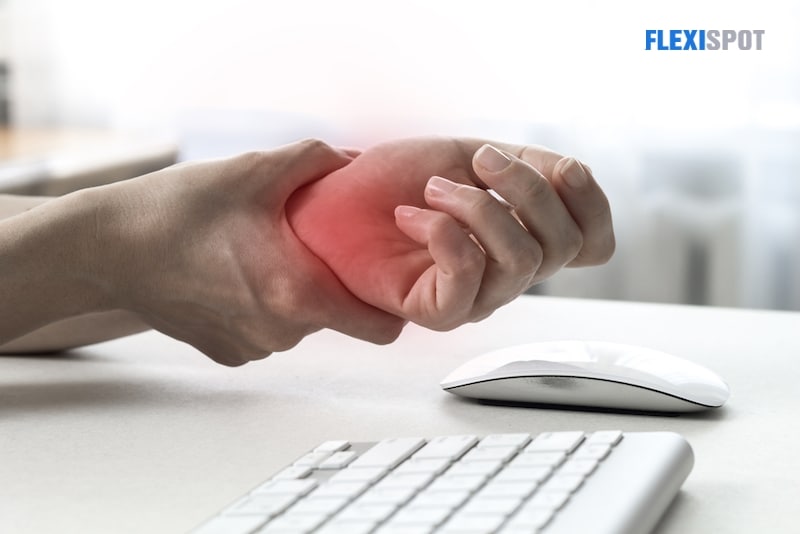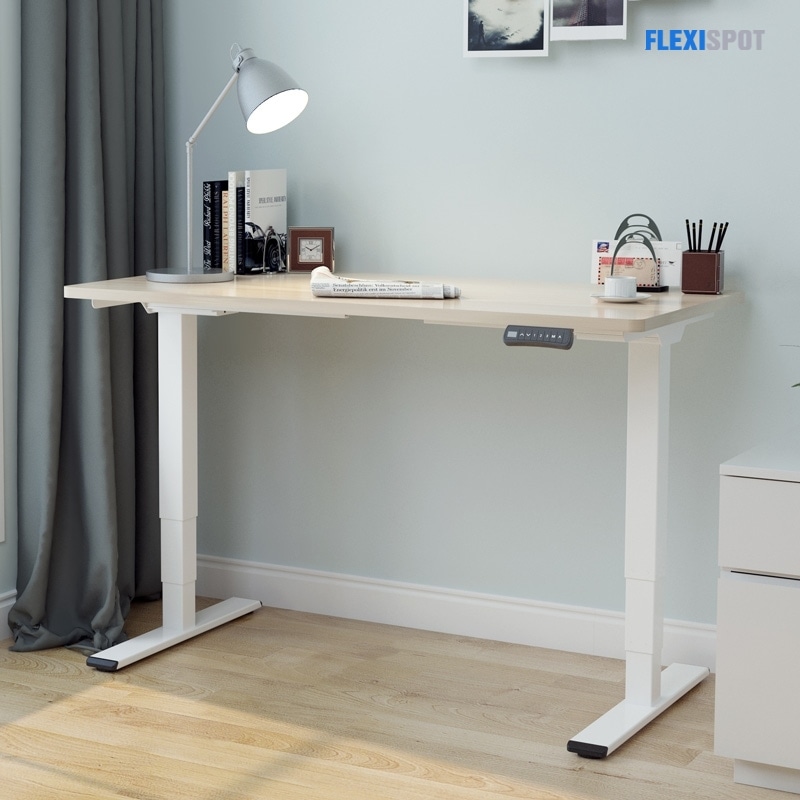We had no idea how sitting in front of a screen for hours on end could harm our bodies until we were forced to deal with the strain and back discomfort of working from home or taking online classes.
Many factors contribute to this physical stress, including wrong office chairs and a lack of emphasis on the importance of ergonomics in the workplace. Ergonomics in the workplace or the classroom is not a new concept, and it is now widely used worldwide.
However, when it comes to computer ergonomics injuries among students, this issue should be treated even more seriously. Ergonomic injury in the classroom can be an unfortunate incidence because children's bodies are more sensitive and prone to musculoskeletal disorders.
Thankfully, by focusing on computer-related arm injuries and other types of damages, we can spare the youngsters from a lot of unnecessary stress. This page discusses some of the most prevalent computer ergonomic injuries, as well as preventative measures.
Students' Common Computer Injuries
A computer-related injury is any soreness, discomfort, pain, or condition that happens due to using a computer. This includes injuries and illnesses induced by inadequate workspace architecture, poor posture, and unpleasant furnishings.
According to computer ergonomics injury statistics, about 93 percent of computer injuries occur at home. This shows that students taking online classes or working from home often have wrong settings that result in computer-related issues. The following are some of the most prevalent computer-related injuries.
Myofascial Trigger Injury
Poor posture or persistent tension in any part of the body might cause myofascial trigger injury. One of the most prevalent computer mouse injuries is this one. Myofascial triggers can cause muscle spasms and chronic discomfort in any part of the body. Extra strain from long-term use of the mouse in the same fixed position causes this computer ergonomics injury.
Problems with Compression
Accidents caused by computers Carpal tunnel syndrome is common in persons who work on projects in front of a computer for lengthy periods. It can also be caused by bad sitting posture or the lack of an ergonomic chair.
The most common nerve compression injury is carpal tunnel syndrome. This issue occurs when the median nerve in your arm is squeezed as it travels through the wrist.
The bone and ligament tunnel swells as a result. Carpal tunnel syndrome is characterized by tingling and numbness in the fingers, nocturnal discomfort, and hand weakness or clumsiness.
Arm Injuries Caused by Overuse
Hand injuries from using a computer are widespread because of the repetitive stress and movements when working in an inconvenient position.
Overuse of computer ergonomics injuries is also known as this, and the hand, wrists, and elbows are the most commonly injured body areas. This injury causes numbness in the arms and hands, as well as persistent pain in the joints.
Back Pain or Sciatica
Sciatica is a significant injury that causes a nerve in the lower body to be compressed. This discomfort can radiate up the spine from the lower body to the back.
This occurs as a result of poor posture and inadequate back padding. The absence of a back pain chair in those who have complained of back pain might result in problems such as sciatica.
Strain in the Eyes
Eye strain is a typical work or study-related injury in which the eyes become fatigued and suffer from gazing at a computer screen for prolonged periods.
In demanding situations, the damage can result in eye infections, inflammation, or even vision loss. Furthermore, persons who use screens in the dark often experience eye problems.
Neck Ache
Neck pain is caused by tension in the neck, which is caused by most of us not adopting an ergonomic neck position.
For people who must look up or down to reach a screen level, neck pain might become a regular part of life. Furthermore, if not treated promptly, neck pain might become serious.
How Can Computer Ergonomics Injuries Be Prevented?
Here are a few options for dealing with computer-related occupational injuries.
Information About Eye Strain Prevention
Place the screen just below or at eye level.
Reduce the contrast and brightness of your screen by adjusting the settings.
Concentrate on distant objects while looking away from the screen.
Find the best desk lamp for your eyes that supplies the closest natural light to avoid straining your eyes.
Make sure your primary source of light (such as a window) is not shining directly into your eyes or onto your computer screen.
Regular eye exams will ensure that underlying diseases do not cause any blurring, headaches, or other symptoms.
Make Use of the Correct Desk
Neck pain is a frequent problem among laptop and desktop computer users. It is caused by the brightness of your computer screen is set too high or too low.
Neck discomfort can be treated in a variety of ways. If you have a simple desk, a monitor arm can be helpful because it allows you to adjust the display's height to reach the user.
Another fantastic technique to avoid neck strain is to use a standing desk, which allows you to change the desk's surface. Standing workstations might also help you avoid arm and shoulder strain. You can check out FlexiSpot’s Adjustable Standing Desk Pro Series.
Designated Workspace
Many computer-related postural problems can be avoided by correctly arranging your workspace. To begin, place your keyboard at a comfortable distance from your arms. To avoid strain, keep your wrists at the same height as your hands when typing.
Make sure the mouse is at a comfortable distance for you to use. To avoid persistent strain, keep all extensively used goods nearby, so you do not have to stretch extra muscles to reach them.
Adjust Your Chair
Set your chair's height so that your feet are flat on the floor and your hips and knees are close to 90 degrees. You can reach the 90-degree angle in your elbows by adjusting the height of your chair; if this raises you too much off the ground, use a footrest.
The best desk chairs support your spine's natural curve. Consider adding a cushion if yours lacks lower back support.





